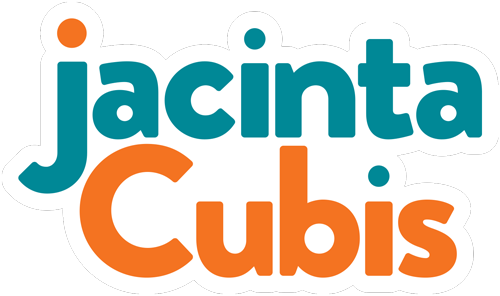The loudest ‘yes’
Last time I wrote to you about the Fab Four impacts of the workshops I facilitate.
If you missed it the Fab Four are:
Sharper clarity.
Deeper alignment
Informed decisions.
Increased trust.
I know. Not quite the same ‘ring’ as any track or album produced by the original Fab Four - John, Paul, George and Ringo – but four powerful singles nevertheless.
Today, I want to talk about what is arguably, the most tangible single: decisions.
You make, reach and come to them on your own every day.
Some are easy, others harder.
In groups, we make them together and this adds several degrees of difficulty.
Sometimes we raise our hands, sometimes we decide by ballot. They can be unanimous, by majority, or by consensus.
But a decision can also be made by whoever speaks the loudest and has the most power.
And this happens more often than you’d think. If a group has a few decisions to make, saying ‘yes’ or ‘no’ out loud is often simpler. People also want to show that they are comfortable saying what they think and trust each other.
But it doesn’t always work out. That’s why I often get asked to help a group look at the decisions that they thought were already made.
While a group might have thought everyone said ‘yes’, and it might be recorded in minutes, all ‘yeses’ are not necessarily equal.
I’ve seen it look a bit like this.
Cartoon: Jacinta Cubis
It’s understandable.
You don’t want to be the only one who says ‘no’ or ‘maybe not’. You don’t want to be the one to slow everything down.
Time is of the essence and the agenda is full. We need to ‘crack on’ and get stuff done.
It might be fast but it’s not effective because the decision is unlikely to stick.
So, when it sounds like a resounding ‘yes’ from a group, I don’t just listen for the words.
My radar is on high alert for the tone, the strength (or not) of that word.
I read and sense the expression and body language of the people saying it.
I’m using all five senses to check what’s behind those ‘yeses’, and this takes time.
And I’ll take the groups through a few different processes to check if all ‘yeses’ are equal, or not.
Some in the group will get frustrated with me that I don’t accept the loudest ‘yes’.
But taking the time to check what might be behind those ‘yeses’ means a decision is much more likely to stick, long after the meeting or workshop.
Thanks for reading this far.
Stay (fl)awesome!

